You hear Mikhail Tal and images of dazzling sacrifices and relentless attacks form. Fondly called the “Magician from Riga,” his tactical brilliance and unending attacks created beautiful chess games.
Tal’s unique style and captivating personality made him a beloved figure. Many consider him one of the greatest attacking players the world has ever seen. Opposing Queens in chess hate to see him coming.
Yet some critics question the actual depth of his strategic understanding of the game of chess.
Debates rage on about the soundness of his brilliant, yet risky, play. Some argue his reputation exceeds his actual achievements.
Was Mikhail Tal genius personified, or is his legendary status somewhat inflated? Is Mikhail Tal truly a genius, or was he overrated? Let’s find out.
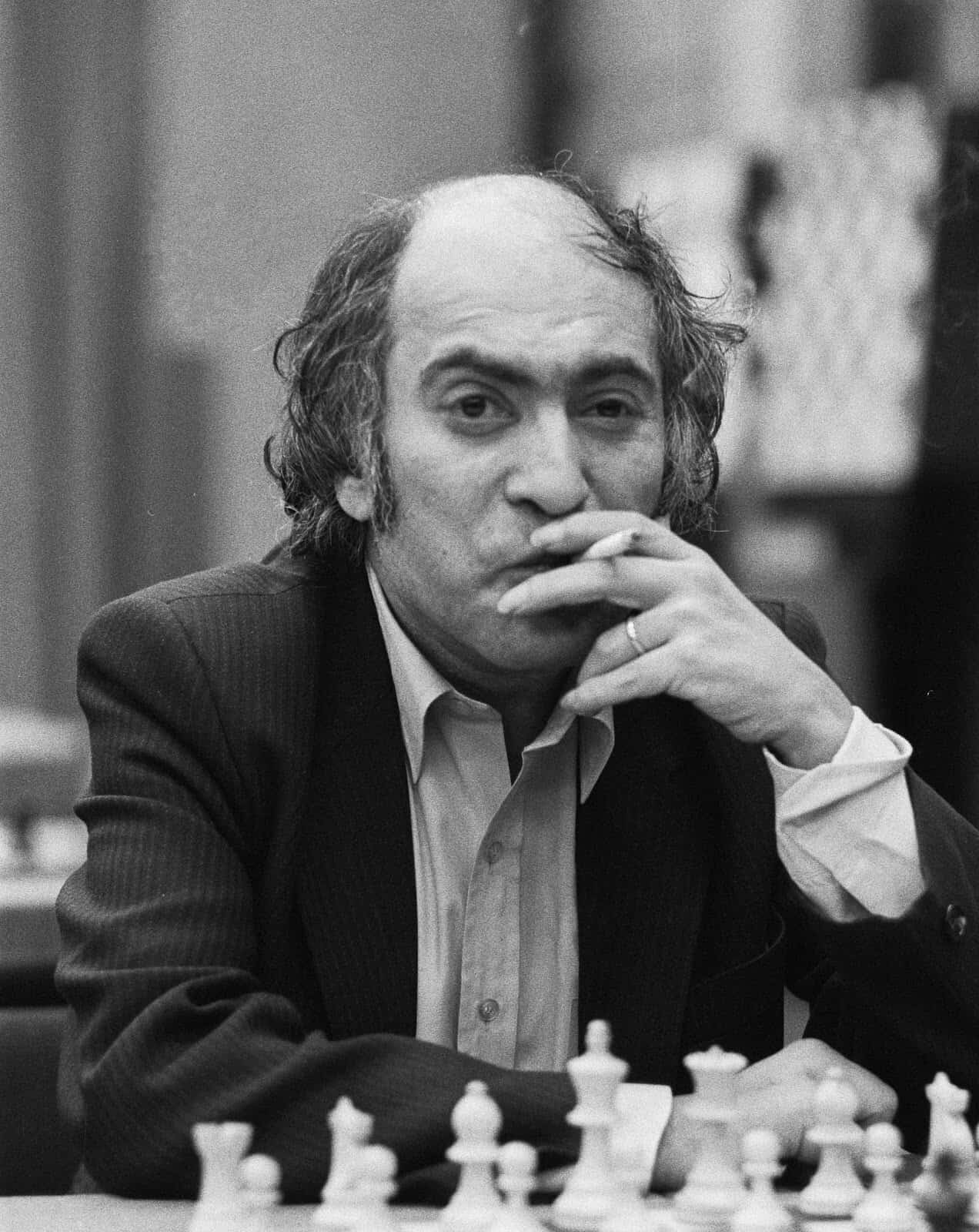
Arguments for Mikhail Tal as a Chess Genius
The case for Mikhail Tal’s genius is very compelling. He was a genius-level talent with added features that made him an agonising opponent. Some notable traits that set him apart include the following.
Unparalleled Tactical Vision and Creativity
Tal’s genius manifested most clearly in his extraordinary tactical vision and creative approach. His ability to visualise complex combinations several moves ahead was legendary.
While other players focused on solid positional play, Tal displayed brilliant tactical plays. He could sense when the position was ripe for attack, even when concrete calculation seemed to suggest otherwise.
Tal possessed an almost supernatural ability to find sacrifice opportunities that other grandmasters couldn’t even imagine.
This intuitive genius enabled him to create masterpieces that continue to inspire chess players to this day.
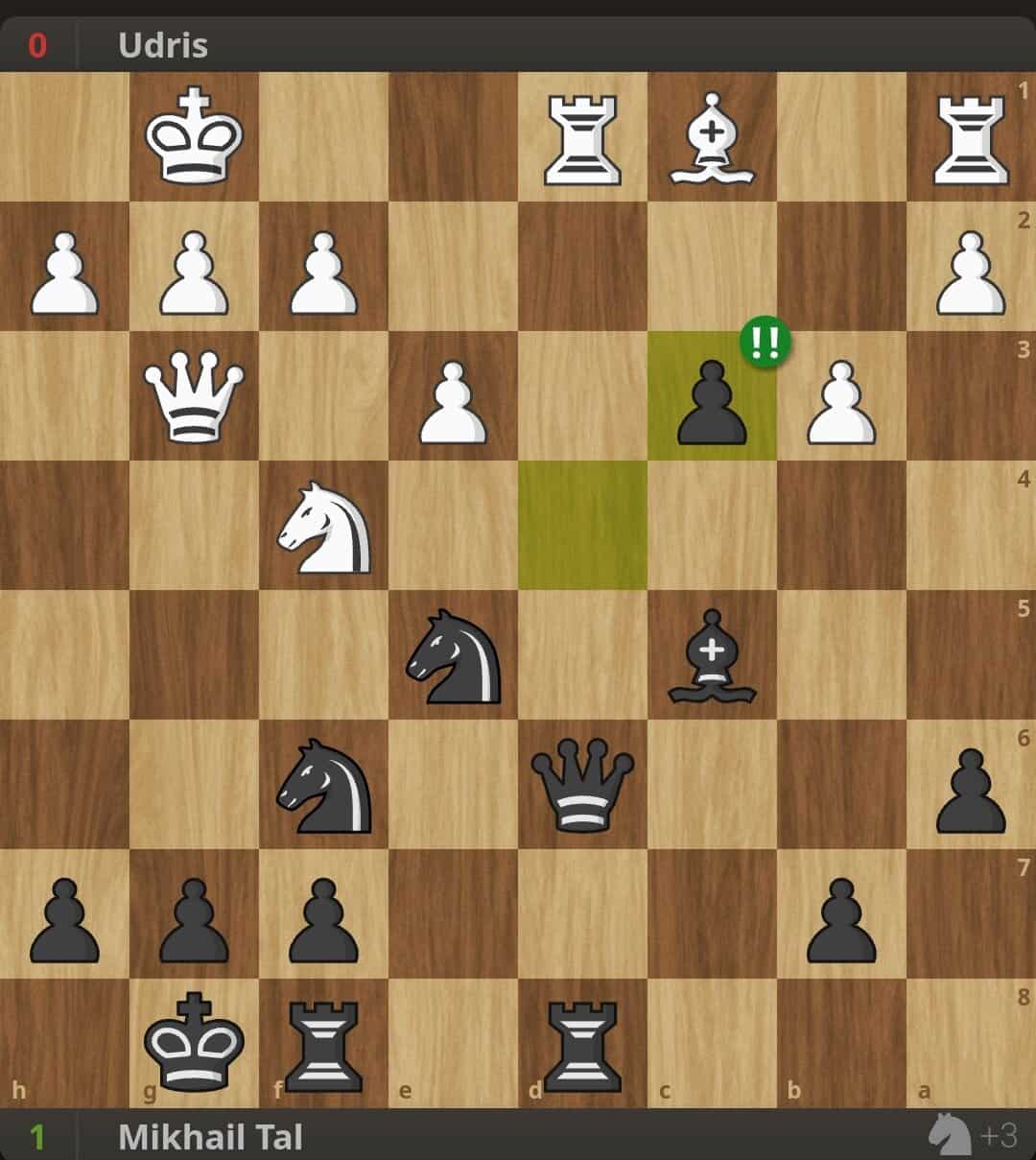
The Psychological Impact of His Attacking Style
Tal’s aggressive playing style created a unique psychological advantage. The fear factor surrounding playing Tal was real. Opponents entered games against him already intimidated.
This psychological pressure often caused even the strongest players to make uncharacteristic errors.
Opponents would spend excessive time calculating defensive variations, often missing their tactical opportunities.
Tal’s famous philosophy was:
“You must take your opponent into a deep, dark forest where 2+2=5, and the path leading out is only wide enough for one.”
Achieving the World Championship Title
A powerful argument for Tal’s genius was his victory in the 1960 World Championship match against Mikhail Botvinnik. At just 23 years old, he became the youngest World Chess Champion at that time.
Tal dominated the candidates’ cycle, defeating strong players like Paul Keres and Vasily Smyslov. He then defeated Botvinnik, who was known for his deep preparation.
The fact that he achieved this milestone validates his inclusion among the best chess players of all time.

His Lasting Influence on Chess
Decades later, Mikhail Tal’s games continue to inspire and instruct chess players of all levels. His approach to chess opened new possibilities for creative expression in the game.
He inspired generations of tactical players, such as Alexei Shirov, who adopted similar aggressive styles.
Even players who criticised his methods, like Vasily Smyslov, acknowledged that…
“The chess pieces seemed to come to life under his hand.”
Arguments for Mikhail Tal Being Overrated
Calling a player with Tal’s achievements overrated is extreme. But specific critiques have emerged over the years.
Inaccuracies have cropped up when his games are subjected to the scrutiny of modern chess engines.
Reliance on Tactical Risks and Opponent Errors
Critics argue that many of Tal’s most famous sacrifices were objectively unsound. They claim his spectacular victories relied more on opponent errors.
The victories were possible only because opponents failed to find the best defensive moves.
In this era where players train with powerful engines like Stockfish, some of Tal’s celebrated combinations have been revealed as objectively unsound.
Post-game analysis has exposed flaws in calculations that were praised during Tal’s era.
Even Tal himself humorously acknowledged this weakness, famously stating:
“There are two types of sacrifices: correct ones, and mine.”
Inconsistent Tournament Performances
While Tal had periods of breathtaking dominance, his career was also marked by inconsistency. He held the World Championship for only one year, losing the rematch to Botvinnik in 1961.
His results in major tournaments were often erratic. He constantly had games with brilliant victories mixed with disappointing losses to weaker opponents.
Against world-class defensive players like Tigran Petrosian, Boris Spassky, and Viktor Korchnoi, Tal struggled.
The fact that defensive specialists could neutralise his attacking style suggests that his methods had limitations.
The Context of the “Romantic” Era of Chess
Tal’s most significant successes came during what many consider the “romantic” era of chess. This was when theoretical knowledge was less developed, and players relied more on intuition.
Critics suggest that his style would have been less effective against modern players. Today’s top players possess more robust defensive techniques and extensive computer preparation.
This might neutralise the surprise factor that was crucial to Tal’s success.
Analyzing Tal’s Playing Style and Key Games
Tal’s approach to chess was fundamentally different from his peers. His playing style was characterised by incredible tactical complexity and a willingness to sacrifice material for attack.
His playing style emphasised dynamic factors like initiative, piece activity, and attacking chances. He believed they matter over static advantages like material or pawn structure.
Many of his games illustrate this approach. His famous victory over Alexander Koblencs in 1957, featuring a stunning series of sacrifices, is a classic example.
His games against Botvinnik in the 1960 World Championship match are also textbook examples of Tal’s style. For more of his games, The Life & Games of Mikhail Tal is a good start.

Comparing Tal to Other Chess Legends
When comparing Tal to other best chess players of all time, his uniqueness stands out. Tal relied more on inspiration and tactical intuition.
His specific contribution was the demonstration of the immense power of practical and psychological chess.
His close friend Bobby Fischer possessed comparable tactical ability but with more consistent results. Fischer’s dominance was more complete and sustained than Tal’s.
Players like Karpov or Petrosian were defensive wizards, almost the opposite of Tal’s approach.
Other champions, such as Vladimir Kramnik and Garry Kasparov, combined Tal’s tactical brilliance with positional understanding and theoretical knowledge.
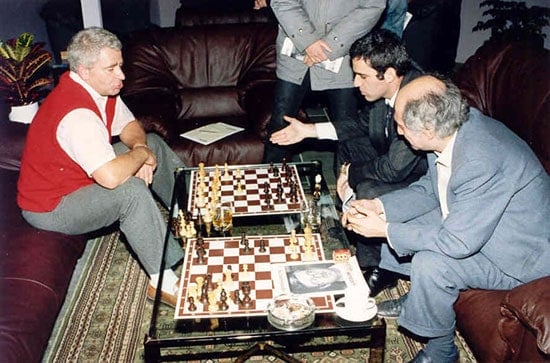
Conclusion: Finding the Balance in Tal’s Legacy
The question of whether he was a genius or overrated answers itself. The evidence suggests that Tal was indeed a genius, but one whose genius operated on multiple levels.
Modern analysis from sources like Tal’s Winning Chess Combinations continues to reveal new depths in his play.
However, it’s also fair to acknowledge that some of his most famous attacks walked a razor’s edge.
They could have been refuted with a perfect defence. Additionally, compared to other notable champions, his dominant era was relatively brief.
To dismiss Tal as “overrated” is to ignore his World Championship title, his numerous tournament victories, and his influence on attacking chess.
The legend of the “Magician from Riga” endures because it captures something essential about chess as a competition and an art form.
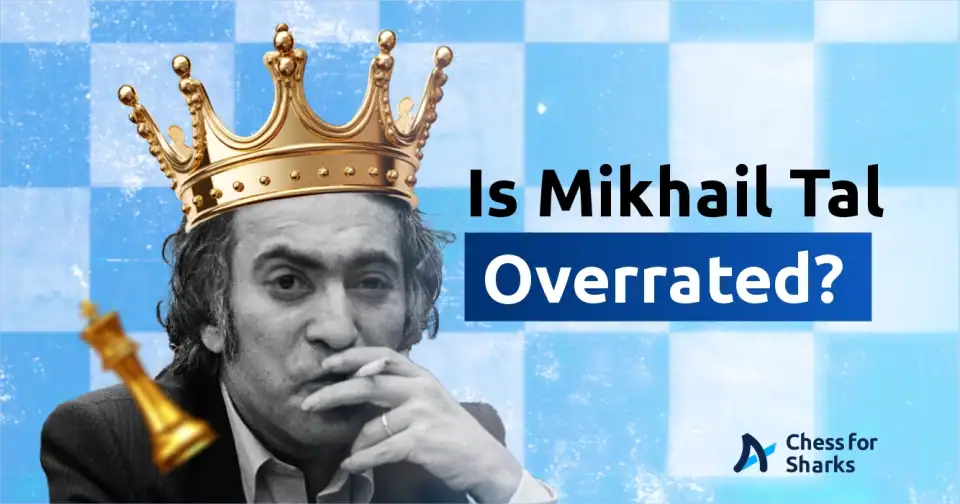


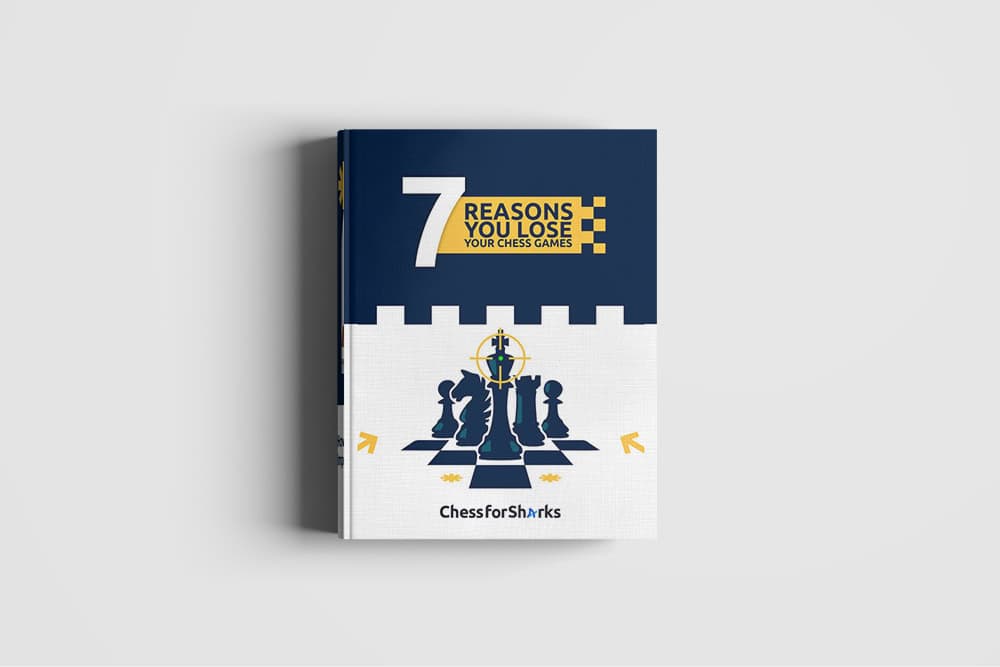



join the conversation